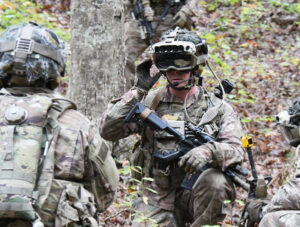
House appropriators have cut $400 million for Army procurement of the Integrated Visual Augmentation System (IVAS) in its version of the fiscal year 2023 defense spending bill, withholding the funds while the service waits to conclude its operational evaluation of the new headset. “With questions still outstanding regarding the production viability of IVAS, the committee cannot recommend additional procurement funding until after a full review of the results of [initial operational test and evaluation] (IOT&E),” the lawmakers write in a…

 By
By 











